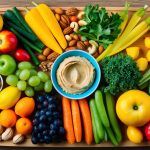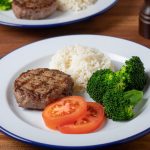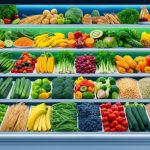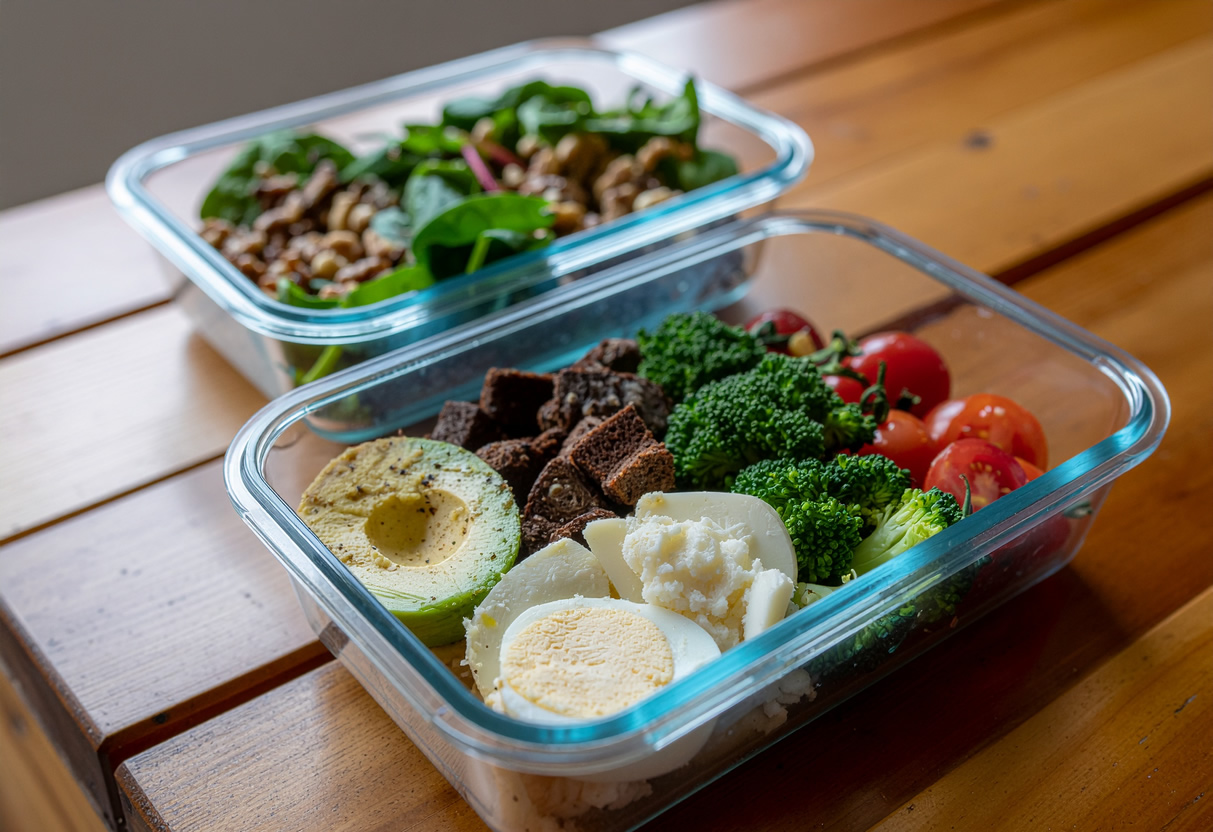
How to Build a Balanced Meal Plan

A balanced meal plan for weight loss should combine lean proteins, healthy fats, and high-fiber carbohydrates to help maintain energy and satiety. Careful portion control and awareness of calorie targets are essential for effective results.
Selecting Lean Proteins
Choosing lean proteins helps provide essential amino acids while keeping saturated fat intake low. Good options include skinless chicken breast, turkey, tofu, tempeh, fish, eggs, and low-fat dairy.
For plant-based meals, lentils, beans, and Greek yogurt are protein-rich choices. Aim to include 3-4 ounces of cooked lean protein per meal.
Incorporating a variety of sources throughout the week reduces taste fatigue and ensures a broader nutrient spectrum. Rotating proteins also supports muscle maintenance and promotes fullness.
Lean proteins should be prepared with minimal added fats. Techniques like grilling, baking, and steaming maximize flavor without adding unnecessary calories.
Including lean protein at each meal may help control hunger and make calorie restriction easier.
Incorporating Healthy Fats and Carbohydrates
Healthy fats support vitamin absorption and hormone function. Opt for small amounts of olive oil, avocado, nuts, seeds, and fatty fish like salmon.
Limiting serving sizes, such as a quarter of an avocado or a handful of almonds, can keep fat intake balanced. Carbohydrates provide energy, especially when focusing on high-fiber and minimally processed options.
Whole grains, sweet potatoes, brown rice, and legumes are better choices than refined grains or sugary foods. Fiber-rich carbs help maintain stable blood sugar and promote fullness.
A simple meal prep plan will focus on mixing a source of healthy fat with high-fiber carbohydrates at each meal. For instance, pairing brown rice and roasted vegetables with grilled chicken and a drizzle of olive oil creates a balanced plate that supports weight goals.
Check out some healthy meal prep ideas for practical inspiration.
Recommended Portions and Calorie Targets
Managing portion sizes is key to effective weight loss. Portioning meals in advance can help avoid overeating.
Common guidelines suggest filling half the plate with non-starchy vegetables, a quarter with lean protein, and the other quarter with whole grains or starchy vegetables. For individuals targeting a 1,200 calorie meal plan, it’s important to structure meals intentionally.
Each main meal might contain 300-400 calories, with smaller snacks around 100-200 calories. Focus on foods that offer plenty of volume for fewer calories, such as leafy greens and vegetables.
Using meal prep containers or a food scale helps reinforce healthy serving sizes. Monitoring overall calorie intake ensures the plan stays aligned with personal weight loss goals.
A structured 1,200-calorie meal-prep plan can offer additional practical guidance.
Simple Shopping Strategies for Meal Prep
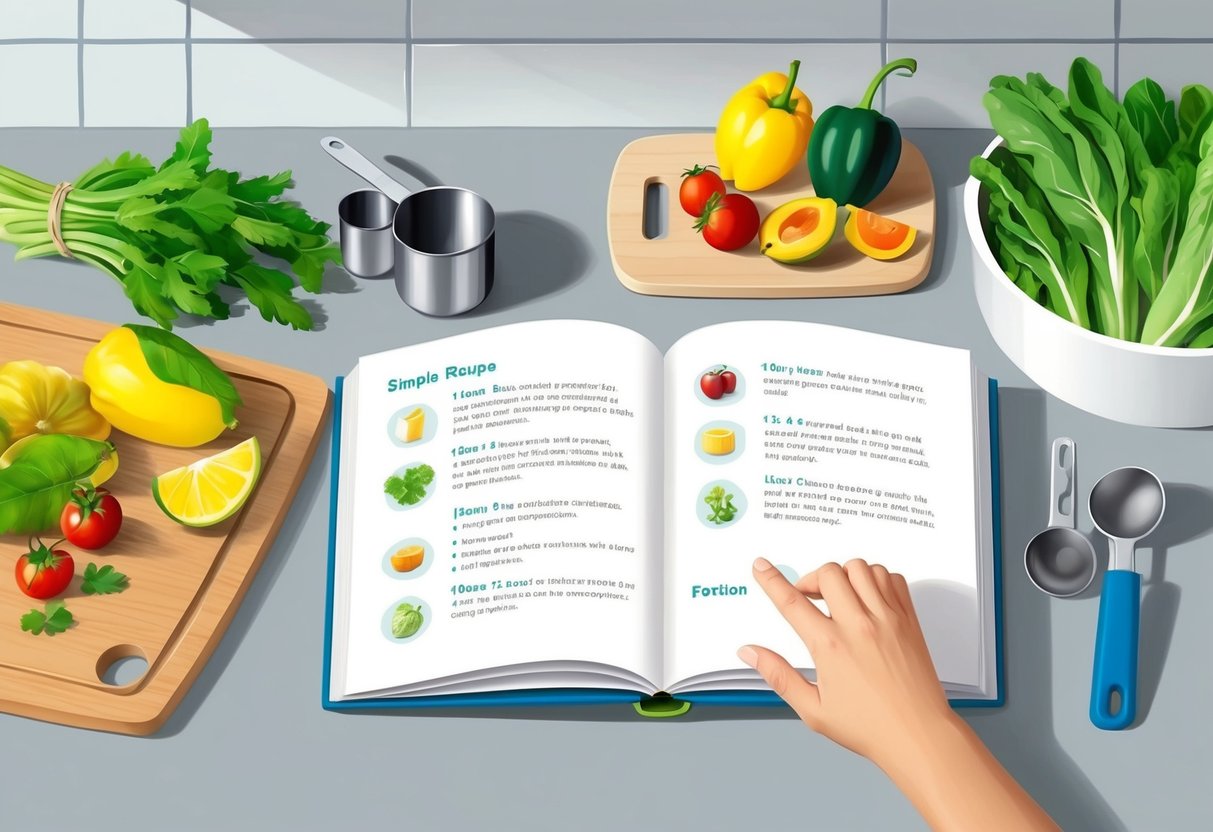
Smart grocery shopping plays a major role in successful meal prep. Paying attention to what goes into the cart can help save time, reduce food waste, and make it easier to stick to weight loss goals.
Grocery Shopping List for Beginners
For those new to meal prep, a well-organized shopping list helps avoid impulse buys and ensures all key recipe ingredients are covered. Grouping grocery items by store section—such as produce, proteins, dairy, and pantry goods—can cut shopping time.
Beginners should focus on whole foods like fresh vegetables, lean meats, eggs, low-fat dairy, beans, and whole grains. A sample list might look like:
| Produce | Protein | Grains & Beans | Dairy |
|---|---|---|---|
| Spinach | Chicken breast | Brown rice | Greek yogurt |
| Bell peppers | Canned tuna | Quinoa | Low-fat milk |
| Broccoli | Eggs | Black beans | Cottage cheese |
| Sweet potatoes | Tofu | Lentils |
Choosing versatile items allows them to stretch meal options and reduce prep time. Frozen vegetables and canned items can also be useful for beginners looking to prepare meals ahead.
For more ideas, check out this beginner-friendly meal prep guide.
Staple Ingredients to Keep on Hand
Maintaining a pantry filled with staple ingredients is key to efficient meal prep. Basic items like olive oil, vinegar, whole grains (rice, quinoa, oats), spices, herbs, and canned beans support fast and healthy meal assembly.
Keeping pre-portioned servings of nuts, seeds, and frozen fruits or vegetables adds variety and nutritional balance to weekly meal plans. Lean proteins, such as freeze-and-thaw portions of chicken, fish, or tofu, are essential for building balanced plates.
Stocking low- or no-sugar sauces and dressings can boost flavor without adding many calories. Opting for these staple ingredients simplifies grocery shopping and makes it easier to adjust recipes based on what’s already available.
For a comprehensive list and even more budget-friendly options, refer to these healthy meal prep ideas and budget-friendly meal prep tips.
Healthy Cooking Techniques for Weight Loss
Choosing the right cooking methods can help reduce calorie intake and improve nutrition. Using methods that require less oil and allow for easy portioning encourages consistency and helps save money.
Sheet Pan, Slow Cooker, and One-Pot Methods
Sheet pan meals are especially efficient for cooking at home. They allow several ingredients—like chicken thighs, broccoli, and sweet potatoes—to roast together with minimal added oil.
By spreading food on a sheet pan, everything cooks evenly and portions are easy to control.
Slow cookers are ideal for preparing meals such as slow-cooker pasta e fagioli soup. These hands-off recipes extract maximum flavor from lean meats, beans, and vegetables while using little fat or extra calories.
Slow cooking is especially helpful when meal prepping for weight loss because large batches can be made with simple, healthy ingredients.
One-pot dishes combine protein, grains, and vegetables in a single pan or pot. This technique minimizes cleanup and prevents overusing oils or sauces.
For example, a basic veggie and bean chili or a chicken and brown rice skillet are straightforward options to prepare ahead and portion out throughout the week. See additional easy meal prep ideas for weight loss for more inspiration.
Batch Cooking and Freezing Meals
Batch cooking involves making multiple servings of staple dishes like grilled chicken, roasted vegetables, or brown rice at once. This approach streamlines healthy eating by allowing bulk preparation and simplifies weekly planning.
Freezing portions in separate airtight containers supports portion control and limits food waste. Meals such as sauces, stews, and soups—from chili to slow-cooker lentil stews—freeze especially well and can be reheated quickly.
This method makes it easier to avoid high-calorie takeout and stick to calorie goals, supporting weight management and helping to save money.
For more ideas on how to simplify meal prep for weight loss, visit these simple meal prep ideas.

